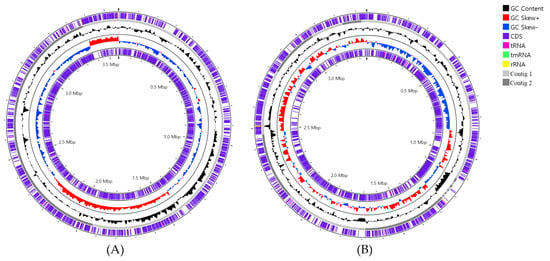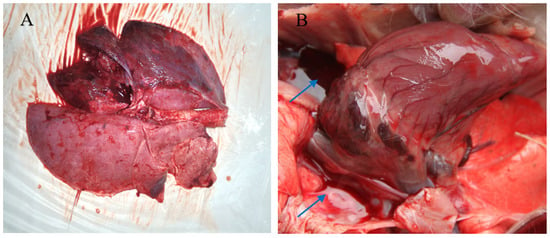Isolation and Characterization of New Microbial Species and Strains
A topical collection in Life (ISSN 2075-1729). This collection belongs to the section "Microbiology".
Viewed by 1812
Editor
Interests: microbiome; molecular microbiology; metagenomics; omics; biostatistics; next-generation sequencing; microbial ecology; bioinformatics; biotechnology; system biology; grand challenges
Special Issues, Collections and Topics in MDPI journals
Topical Collection Information
Dear Colleagues,
This collection is dedicated to the description of newly discovered microbial species and strains. This collection aims to showcase the latest advancements in the isolation, identification, and characterization of novel microorganisms from clinical or environmental samples. The articles featured in this collection will highlight the taxonomic, morphologic, genomic, physiological, and functional characterization of newly isolated microbial species, shedding light on their biotechnological potential, ecological significance, and other relevant aspects of the new taxa. It is expected that the results of the new taxa are not only reported but also discussed citing appropriate literature. In the process of naming newly identified prokaryotic taxa, it is imperative to adhere to the guidelines set forth in the International Code of Nomenclature of Prokaryotes (ICNP).
Prof. Dr. Pabulo H. Rampelotto
Collection Editor
Manuscript Submission Information
Manuscripts should be submitted online at www.mdpi.com by registering and logging in to this website. Once you are registered, click here to go to the submission form. Manuscripts can be submitted until the deadline. All submissions that pass pre-check are peer-reviewed. Accepted papers will be published continuously in the journal (as soon as accepted) and will be listed together on the collection website. Research articles, review articles as well as short communications are invited. For planned papers, a title and short abstract (about 100 words) can be sent to the Editorial Office for announcement on this website.
Submitted manuscripts should not have been published previously, nor be under consideration for publication elsewhere (except conference proceedings papers). All manuscripts are thoroughly refereed through a single-blind peer-review process. A guide for authors and other relevant information for submission of manuscripts is available on the Instructions for Authors page. Life is an international peer-reviewed open access monthly journal published by MDPI.
Please visit the Instructions for Authors page before submitting a manuscript. The Article Processing Charge (APC) for publication in this open access journal is 2600 CHF (Swiss Francs). Submitted papers should be well formatted and use good English. Authors may use MDPI's English editing service prior to publication or during author revisions.
Keywords
- microbial species
- microbial strains
- novel microbes
- novel species
- microbial isolation
- microbial identification
- taxonomic classification
- genomic characterization
- functional analysis
- ecological significance








